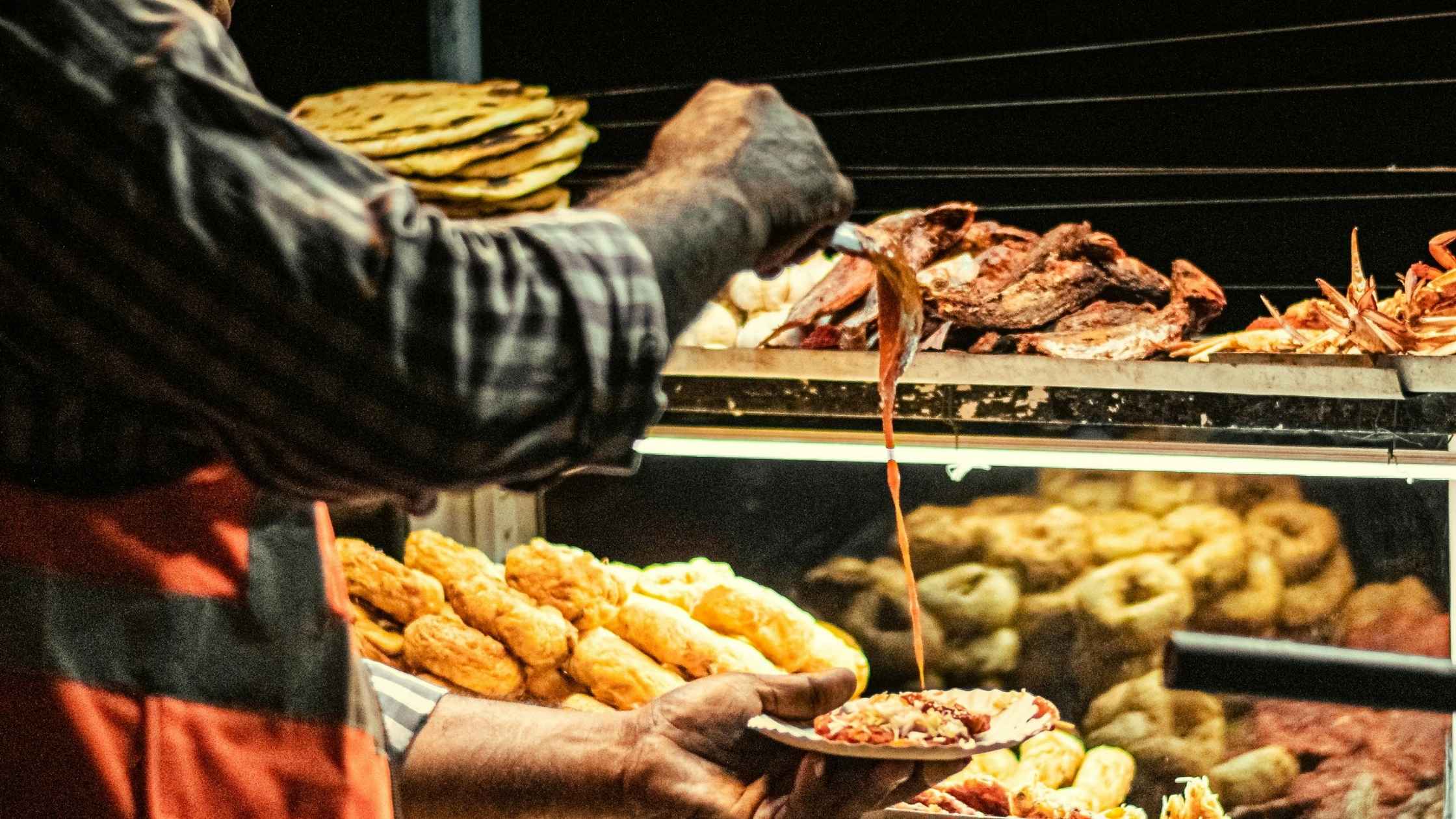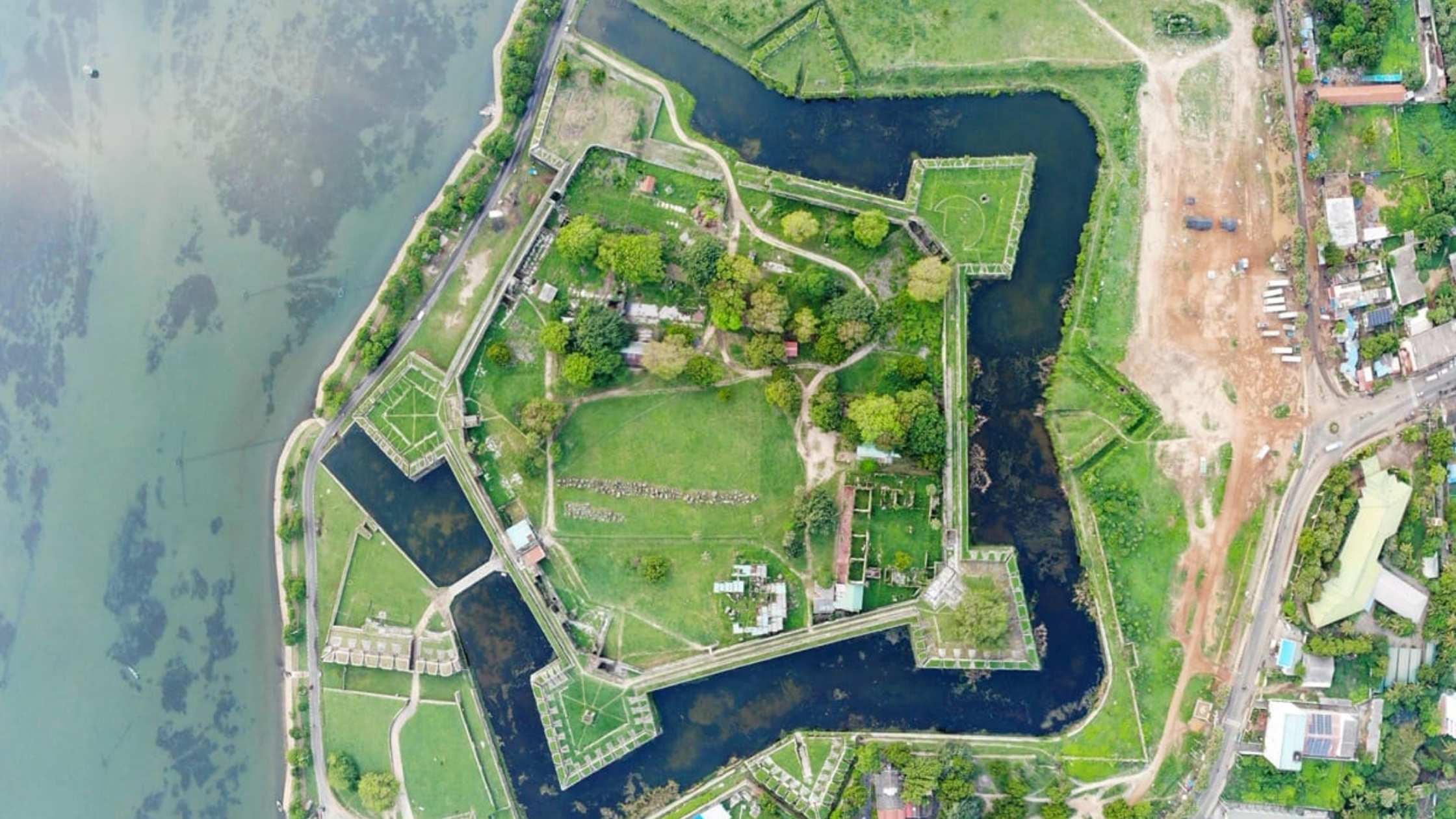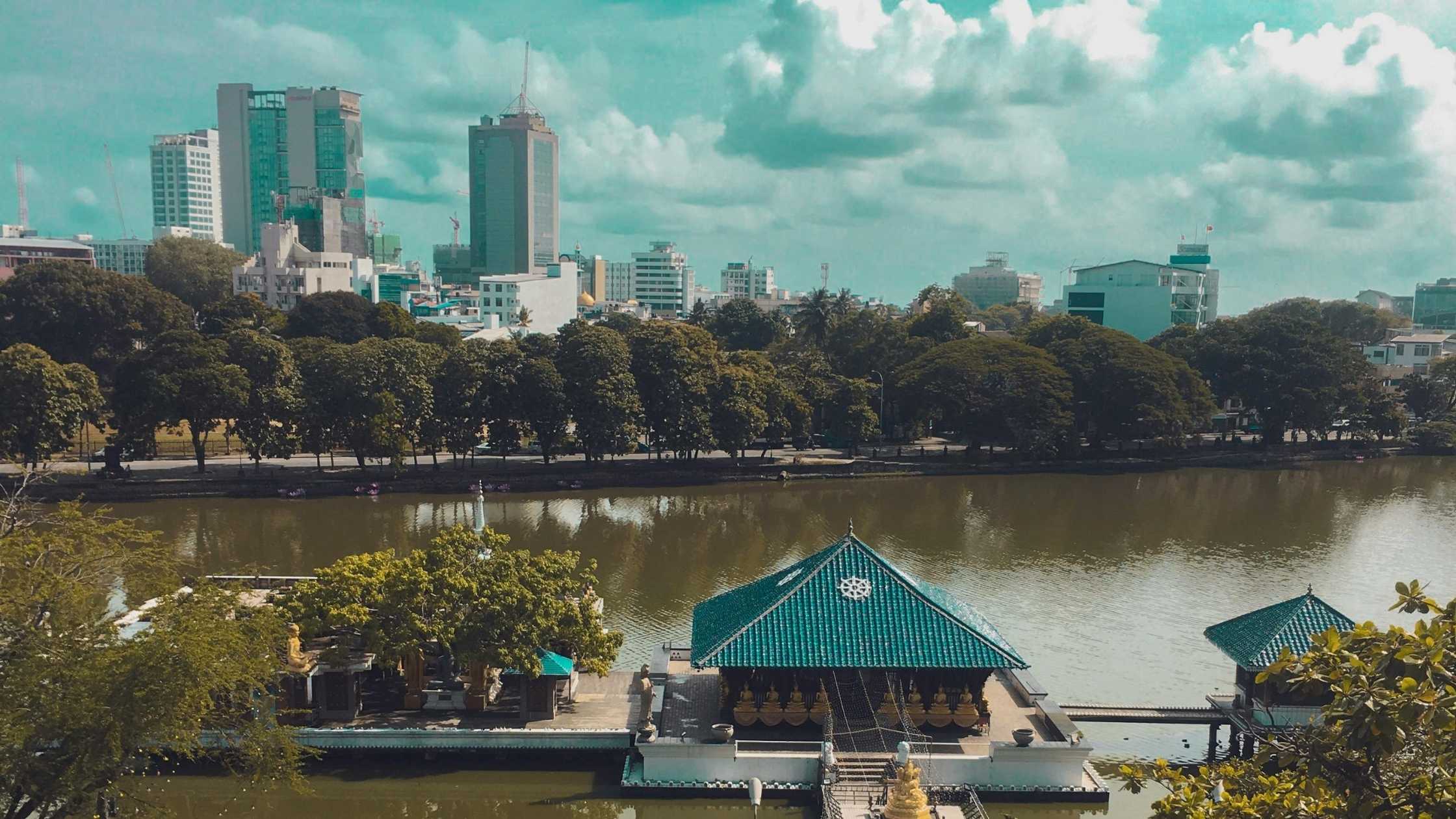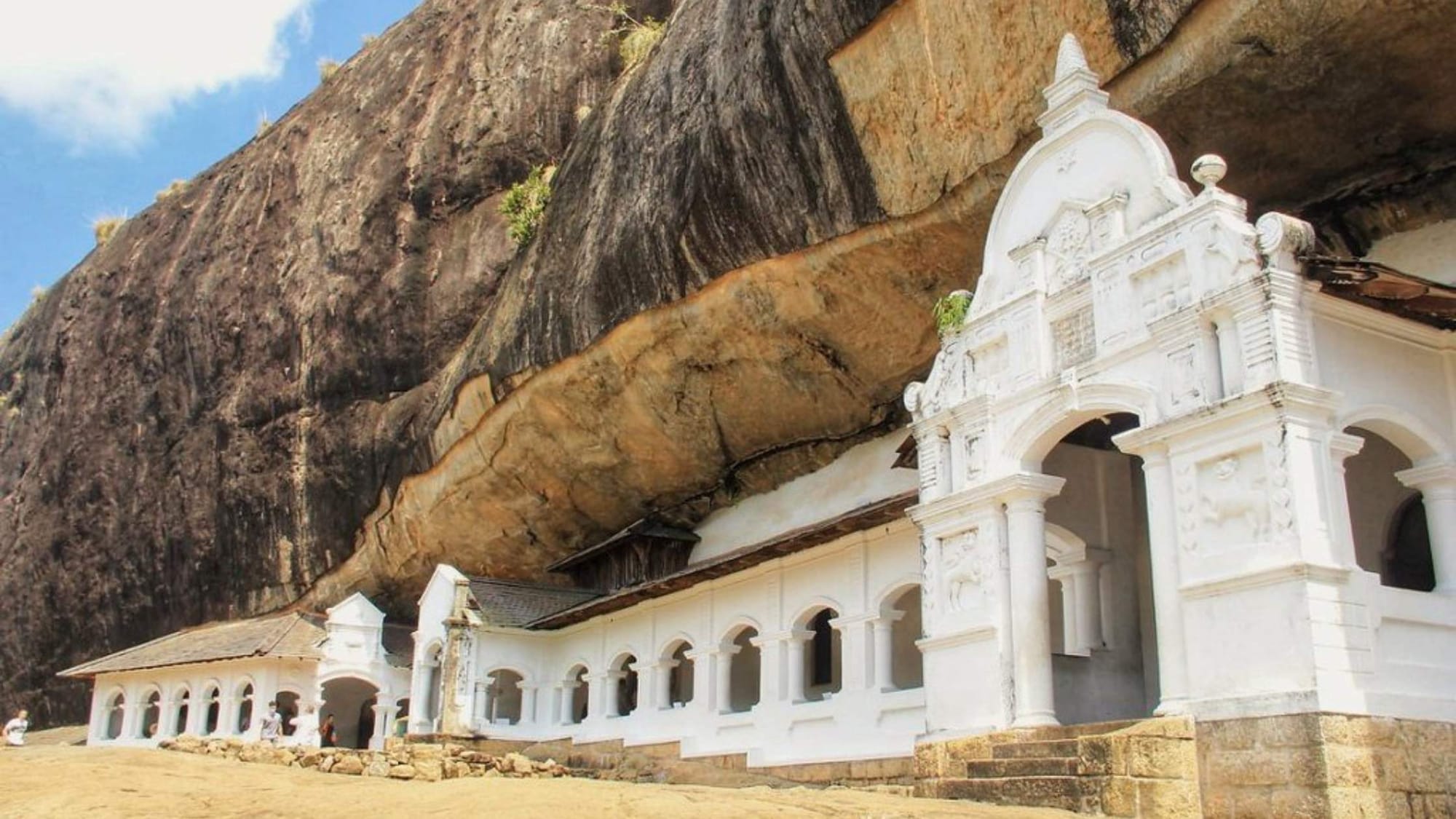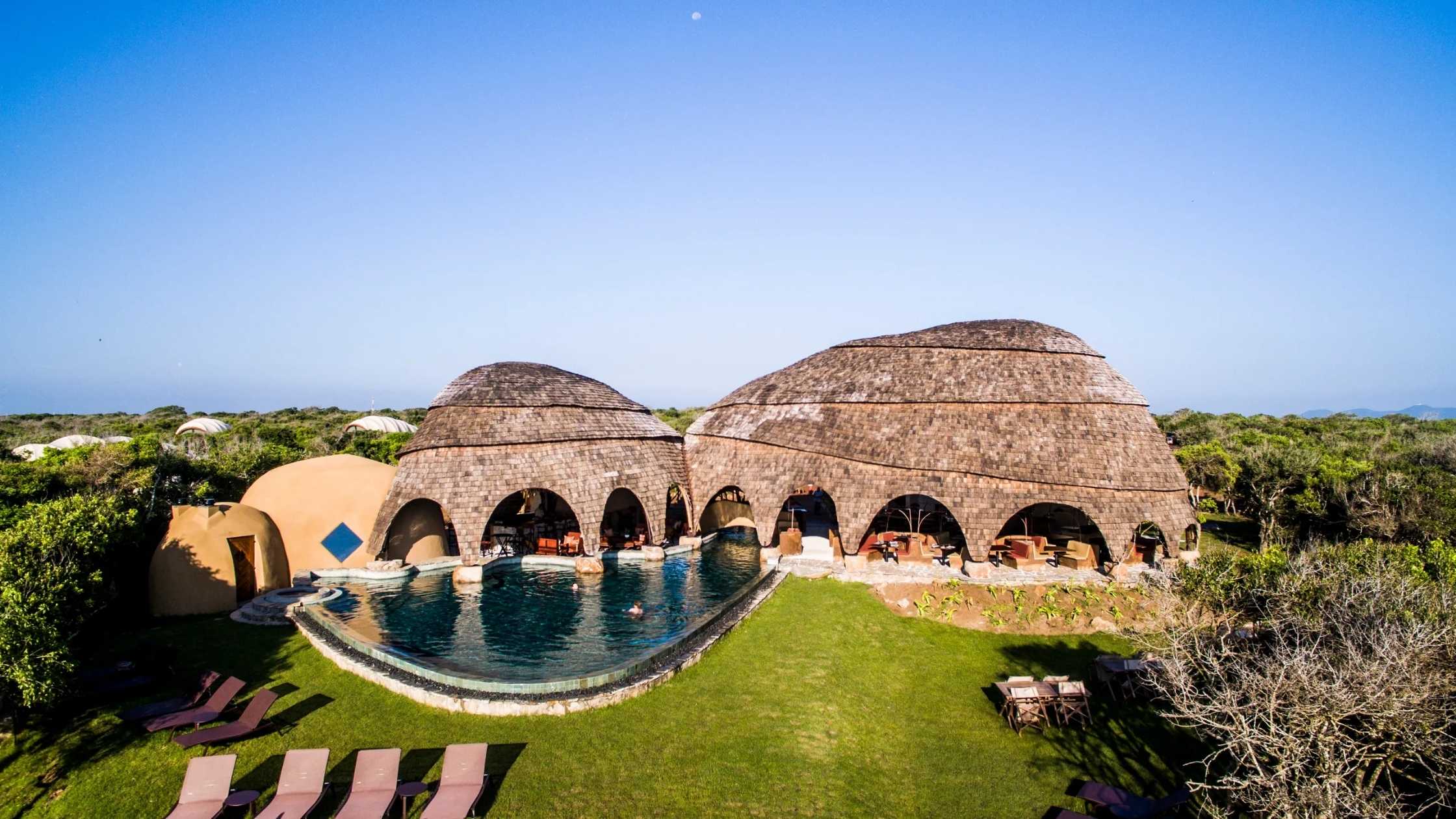Picture this.
You're walking through a busy Colombo street at dusk. The air is thick with the smell of roasting spices and something frying in hot oil. Metal knives clang rhythmically against a griddle. Students huddle around a small cart, laughing. Office workers line up, still in their shirts and ties.
This is where the real Sri Lanka lives.
Not in hotel restaurants with white tablecloths. Not in tourist cafes with English menus and mild curries.
The soul of this island is found at roadside stalls run by families who've been perfecting their recipes for three generations. Where a grandmother's hands still shape the same dough her mother taught her to make. Where the spice blend is a secret and the portions are generous.
And yes, it's cheap. Ridiculously cheap.
But that's not why you should eat here.
You're Not Just Eating You're Connecting
Street food in Sri Lanka isn't dining. It's participation.
When you stand at a kottu stall watching the vendor chop roti with theatrical flair, you're part of a ritual centuries old. When you burn your tongue on your first bite of pol sambol because you ignored the vendor's warning, you join every Sri Lankan who's done the same. When you share bench space with a taxi driver who recommends you try the isso wade next, you're no longer a tourist taking photos.
You're just hungry. Like everyone else.
This is food influenced by Indians who brought their spices, Arabs who sailed with their cooking methods, Portuguese who introduced their love of fried snacks, Dutch who left their cakes, and British who contributed... Well, tea time. But Sri Lankans took all of it and made something entirely their own.
Something you can't find anywhere else on earth.
What You're Actually Getting (Besides Amazing Food)
Here's what matters: authenticity.
These stalls don't change their recipes for foreign palates. The sambol is meant to be fiery. The hoppers are supposed to have that slight fermented tang. The kottu should make your eyes water a little.
You're tasting what locals actually eat. Not a watered-down version. Not "tourist-friendly" mild curry.
The real thing.
And I won't lie to you, it might be spicier than you're used to. Your stomach might need a day to adjust. You might want to ask for "less spicy" the first time.
That's okay. Everyone starts somewhere.
But once you adjust? You'll understand why locals eat this food every single day and never get tired of it.
The Street Foods You Actually Need to Try
Kottu Roti
Start here.
This is the dish that will ruin your regular fried rice forever. Flatbread chopped on a hot griddle with vegetables, eggs, and your choice of protein. The knives clang against the metal in a rhythm that's become the unofficial soundtrack of Sri Lankan nights.
The sound alone makes you hungry.
The taste makes you come back tomorrow.
Best spots: Hotel de Pilawoos in Colombo for the late-night crowd. Any local kottu joint in Kandy or Galle where you see a line of people waiting.
Egg Hoppers (Appa)
Imagine a crispy bowl made from fermented rice flour and coconut milk. Now crack an egg into the center. Cook it until the edges are lacy and golden but the yolk stays runny.
Serve it with spicy sambol.
This is breakfast in Sri Lanka. Or dinner. Or honestly, any time you're hungry.
The crispy edges give way to a soft, slightly tangy interior. The egg yolk mixes with the spicy coconut sambol. It's savory, it's rich, it's addictive.
Where to find it: Street vendors at Colombo's Galle Face Green. Small family eateries in Ella where they make them fresh to order.
String Hoppers (Idiyappam)
Less dramatic than egg hoppers but equally important.
These are steamed rice flour noodles pressed into delicate nests. Served with dhal curry and coconut sambol. Simple. Comforting. The kind of food that makes you understand why people call certain dishes "home."
Morning food stalls in Kandy and Jaffna know how to make these properly. The texture should be light, almost delicate. Not dense. Not gummy.
When it's done right, you'll eat three servings and still want more.
Isso Wade (Prawn Fritters)
You're at the beach. The sun is setting. The Indian Ocean is doing its thing.
And you bite into a crispy, golden fritter with a whole prawn on top.
The lentil cake underneath is spiced perfectly. Crunchy exterior. Soft, flavorful interior. The prawn is fresh because this is a coastal nation where fresh means "caught this morning."
This is the snack that makes you understand why people travel.
Galle Face Green in Colombo at sunset. Just follow the crowd.
Parippu Wade (Lentil Fritters)
The landlocked cousin of isso wade but no less delicious.
These golden-brown discs are made with dhal, onions, and curry leaves. Fried until crispy outside, staying soft inside. They're the perfect companion to a cup of strong, sweet milk tea.
Every roadside tea shop across the country makes these. Some better than others. But even mediocre parippu wade is still pretty good.
Short Eats
This is Sri Lanka's answer to savory pastries.
Samosas stuffed with spiced potatoes. Rolls filled with fish or vegetables. Cutlets that are crispy and rich and gone in three bites. They're sold at train stations, markets, tea shops, and basically anywhere humans congregate.
They're called "short eats" because they're quick snacks. But try limiting yourself to just one.
I dare you.
Pettah Market in Colombo is short eats heaven. Railway station stalls keep them hot and ready for commuters. You'll spot them everywhere once you know what to look for.
Pol Sambol with Roti
Fair warning: this is not for the timid.
Pol sambol is shredded coconut mixed with chili, onions, lime, and salt. It's fiery. Tangy. Salty. Bright red and unapologetic about its heat level.
Eaten with soft or crispy roti, it becomes addictive in a way that's hard to explain. The combination of coconut sweetness, lime acid, and chili heat creates something magical.
Roadside stalls in Jaffna and Trincomalee make versions that will change your relationship with spicy food.
Curd and Treacle
After all that heat, you need this.
Buffalo curd topped with sweet palm treacle (kithul). It's tangy, creamy, sweet, and somehow feels indulgent without being heavy.
The curd has a slight sour note. The treacle is dark and complex, not just sweet. Together they create balance.
Ambalangoda is famous for theirs. But roadside vendors along the southern highway sell clay pots of fresh curd that rival any restaurant version.
King Coconut
Not food. But essential.
These bright orange coconuts are everywhere. Vendors crack them open with practiced swings of a machete. The liquid inside is naturally sweet, slightly nutty, and more hydrating than water.
In tropical heat, there's nothing better.
Any roadside stall. Literally anywhere in Sri Lanka. You'll see them stacked in pyramids, waiting.
Where the Best Street Food Actually Is
Colombo
The capital concentrates everything.
Galle Face Green is where locals go for sunset and snacks. Prawn fritters, cuttlefish, kottu, and vendors grilling fresh corn. Pettah Market buzzes with energy and more food options than you can try in a week. Pilawoos is the legendary late-night kottu spot where everyone ends up eventually.
Kandy
The hill capital has cooler air and hot food.
Markets and stalls around the lake serve hoppers, string hoppers, and tea-time snacks. The pace is slightly slower than Colombo but the food quality matches it.
Galle & Unawatuna
Beach vibes meet street eats.
Try isso wade by the ocean. Fresh seafood barbecues. Coconut-based sweets that taste better with salt air in your lungs.
Jaffna
This is where Tamil influence makes everything spicier.
Fiery curries. Spicy dosas. Sambols that make Colombo versions seem mild. If you think you can handle heat, Jaffna will test that theory.
Ella & Hill Country
Backpacker central means fusion food.
Traditional kottu spots. Roti shops. Small bakeries doing creative takes on classic dishes. It's less authentic but still delicious.
How to Eat Street Food Without Getting Sick
Let's address this directly because I know you're thinking about it.
Go where you see crowds. A busy stall means the food is fresh and locals trust it. Empty stalls might be empty for a reason.
Watch the cooking process. Choose stalls where food is cooked hot right in front of you and served immediately. Hot food is safe food.
Carry bottled water if you're not used to local tap water. Hydration matters. Especially when you're eating spicy food in tropical heat.
Ask for "less spicy" the first time if you're worried. There's no shame in building tolerance. You can always add more heat next time.
The reality? Most travelers eat street food throughout their entire Sri Lanka trip without any issues. Horror stories are rare. But being smart about where you eat makes them even rarer.
What It Actually Costs
This might be the best part.
Most snacks cost between LKR 100 - 400. That's roughly $0.30 - $1.20. A full meal like kottu runs about LKR 500 - 800, which translates to $1.50 - $2.50.
You can eat like royalty for the cost of a single coffee back home.
Three full meals plus snacks? Maybe $5 - 7 total.
This isn't just budget travel. This is eating incredibly well while barely touching your wallet.
Why You Should Actually Do This
Here's the truth: you can visit Sri Lanka and eat only in restaurants with menus in English and air conditioning and food that's been adjusted for foreign palates.
You'll have a fine time.
But you'll miss the point entirely.
Street food isn't just about eating. It's about standing shoulder-to-shoulder with locals at a stall that's been family-run for forty years. It's about burning your tongue and laughing about it with the vendor who warned you. It's about that moment when you taste something so good you immediately want to know how it's made.
It's about joining the rhythm of daily life instead of watching it from a tourist distance.
The sizzle of kottu in Colombo at midnight. The crunch of isso wade with ocean breeze on your face. The sweet, tangy perfection of curd and treacle on a hot afternoon.
Every bite tells a story that's been developing for centuries.
And now you get to be part of it.
So follow the sound of clanging knives. Follow the scent of frying spices. Follow the crowds of locals who know where the best food hides.
That's where Sri Lanka actually lives.
And trust me once you've eaten there, restaurant meals will never quite satisfy you the same way again.


